Why Should You Use a Bipod?
Using a rifle bipod can dramatically improve your shooting experience, whether you're a seasoned marksman or just starting out. It's not just a convenient accessory — for many shooting styles, it's an essential piece of kit. A bipod provides a stable and reliable shooting platform that helps you achieve better accuracy, control, and consistency with every shot. But how exactly does a bipod make such a difference, and why should you consider adding one to your setup?
1. Stability Means Accuracy
The most immediate and obvious benefit of using a bipod is increased stability. When you shoot freehand or even from a rest like a backpack or sandbag, your rifle is still subject to small, involuntary movements from your arms, shoulders, and breathing. These movements may seem minor, but over distance, even the smallest wobble can cause your shot to drift off target. A bipod drastically reduces this issue by locking the front of your rifle in place and absorbing much of that motion, giving you a far more stable shooting platform.
This is especially critical in long-range shooting, where bullet trajectory and external ballistics demand a high level of precision. With a bipod, you're not just guessing — you're anchoring your rifle in place, allowing you to dial in your scope and break your shots with confidence.
2. Consistency Across Shots
Shooting is as much about repetition and muscle memory as it is about aim. A bipod helps standardize your shooting position and ensures that each shot is fired from a nearly identical stance, height, and angle. This repeatability means your point of impact stays consistent across multiple shots, which is key when zeroing a rifle, engaging targets at different ranges, or evaluating ammunition performance.
In benchrest and competition shooting, this consistency is essential. The bipod helps eliminate many of the human variables that can affect your shot groupings, allowing you to focus purely on environmental conditions and rifle adjustments.
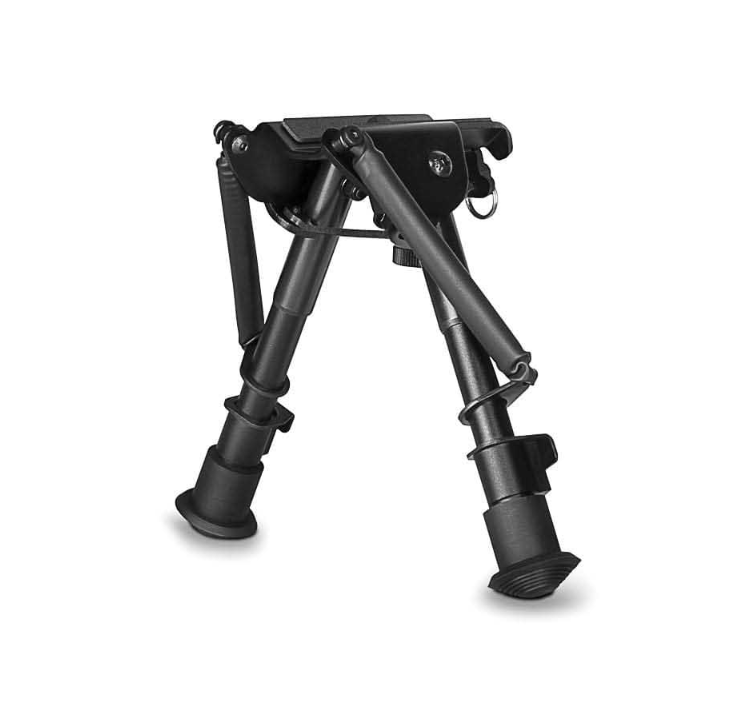
3. Less Fatigue, Better Focus
Holding a rifle steady for long periods can be physically demanding. Whether you're hunting and waiting for the perfect shot, or spending hours at the range during a training session, fatigue quickly sets in. A bipod takes that weight off your arms and shoulders, allowing you to relax into your shooting position. This not only reduces fatigue but also allows you to concentrate fully on your breathing, trigger control, and follow-through — all vital parts of accurate shooting.
For hunters in particular, this can be a game-changer. Instead of struggling to get into a stable position when an animal appears, you can simply deploy your bipod, level your rifle, and take a controlled shot with minimal movement or noise.
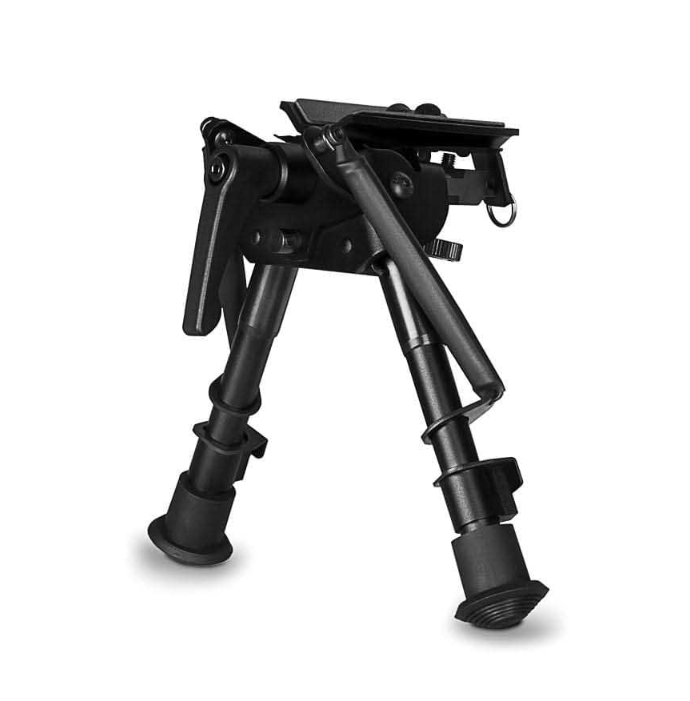
4. Enhanced Versatility
Modern bipods come in a variety of configurations designed to match specific shooting needs. Adjustable height bipods allow you to change your shooting position on the fly — from prone to seated to benchrest. Swivel or pivot bipods let you cant your rifle side-to-side to account for uneven ground. Quick-detach and folding models give you portability without sacrificing performance.
This versatility makes bipods incredibly useful across disciplines. You’ll find them in the hands of tactical shooters who need to rapidly transition between positions; precision shooters who require fine-tuned stability; and backcountry hunters who need lightweight, packable options for rough terrain.
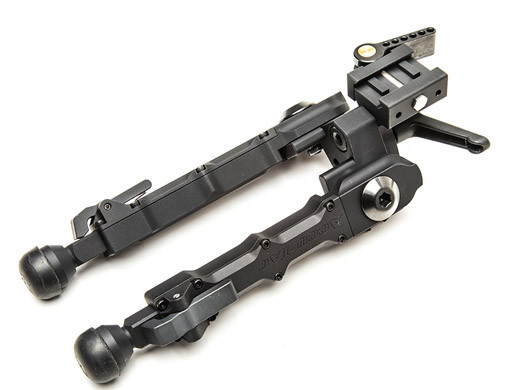
5. Improved Performance in Real-World Conditions
While shooting at the range is controlled and predictable, the field is not. Bipods give you an edge in unpredictable or challenging terrain. Uneven ground, tall grass, rocky hillsides, snow, or mud — all of these conditions can compromise your shooting position. A bipod provides a solid base that helps you quickly adapt and maintain control of your rifle, no matter the conditions.
For example, if you’re hunting on a slope, a swivel or tilt bipod allows you to level your rifle even if the ground beneath you isn’t flat. This not only improves shot accuracy but also helps maintain a natural, comfortable shooting posture — which is key when reacting to fast-moving opportunities in the wild.
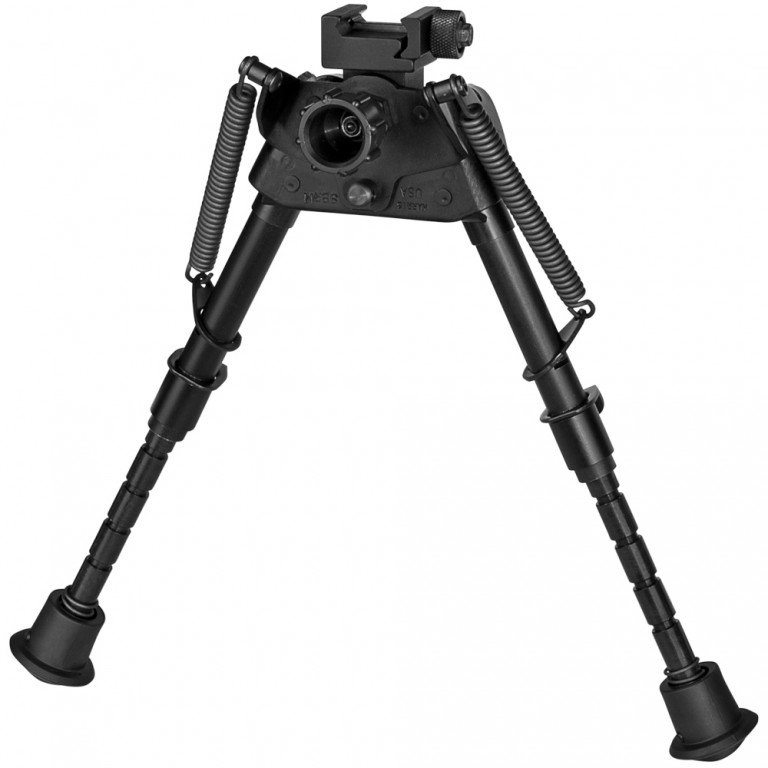
6. Better Use of Optics and Accessories
A stable shooting platform also means you can make full use of your optics. If you're running a high-magnification scope, spotting subtle target details or measuring bullet drop becomes much easier when the rifle is steady. Reticle movement is minimized, helping you hold your aim point precisely. It also enables better use of rangefinders, ballistic apps, and turrets — making the most of your rifle’s full potential.
7. Ideal for Training and Learning
For new shooters, a bipod can be a valuable teaching tool. It simplifies the process of learning proper shooting fundamentals by reducing the number of variables to manage. Instead of struggling with holding the rifle still, beginners can focus on trigger control, breath work, and sight picture. As skills develop, they can move into unsupported or advanced shooting positions with a better understanding of what proper form feels like.
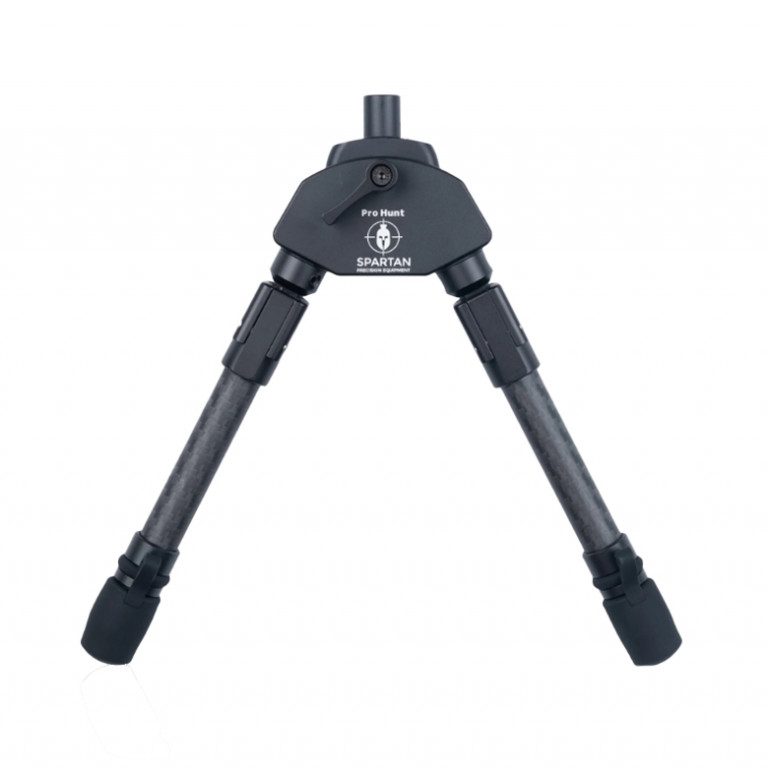
What Bipod Height Do I Need?
Bipod height isn't just a comfort choice — it's about functionality. Too short and your rifle might sink into tall grass or struggle with uneven terrain. Too tall and you may lose stability or create an awkward shooting angle.
Here’s how to think about it:
-
6"–9" Bipods
Perfect for prone shooting on flat or short grass. Ideal for low-profile rifles like the Tikka T3X Lite or similar hunting rifles. Most popular size for general-purpose hunting and target shooting. -
9"–13" Bipods
Better for rougher ground, taller shooters, or rifles with bulkier forends (e.g., chassis rifles like the Tikka TAC A1). Offers more flexibility in prone or seated positions. -
13"–27" Bipods
Useful when shooting over tall grass, rocks, snow, or uneven fields. Great for hunters who want to shoot from a seated or kneeling position and keep above obstructions. -
Benchrest or Competition Bipods
Often lower and wider for ultra-stable shooting on flat surfaces like shooting benches or mats. These are not ideal for general hunting use but excel at precision and repeatability.
Always consider your rifle’s size, your typical shooting posture, and the environment you’re shooting in. A short bipod is lighter and more compact, but a taller bipod is more versatile in field conditions.
What Mounting System Do I Need?
Getting the right mount is crucial — not all rifles use the same attachment method, and the wrong mount can make installation tricky or unstable.
Here are the most common options:
-
Swivel Stud
Classic mounting point found on traditional hunting rifles. Simple, reliable, and compatible with many entry-level and mid-range bipods. -
Picatinny Rail
Very common on modern tactical and chassis rifles. Allows secure attachment and often works with quick-detach (QD) systems for fast changes. -
M-LOK
Lightweight and popular with modern hunting and competition stocks (like those from MDT or the Springfield Waypoint). Requires an M-LOK bipod adapter if the bipod doesn't support M-LOK directly. -
KeyMod
Similar to M-LOK but less popular today. Still relevant for shooters using older KeyMod-compatible rifles or accessories. -
ARCA Swiss Rail
Favoured in the precision rifle community for its quick adjustment capabilities. Excellent for PRS and long-range shooting, but generally adds weight. -
Quick-Detach/Proprietary Systems
Used in premium bipods like Spartan or Tier One, these systems allow ultra-fast mounting and detachment. Great if you swap your bipod between rifles or carry it separately.
If you’re unsure which system you need, check your rifle’s forend or stock. Many modern chassis now include multiple attachment options, but traditional wood or synthetic stocks may require adding an adapter or installing a rail.
In Summary
A bipod enhances virtually every aspect of the shooting experience — stability, accuracy, consistency, comfort, and adaptability. Whether you're shooting paper targets, ringing steel at long range, or harvesting game in tough terrain, a well-chosen bipod can elevate your performance and give you the confidence to take the shot when it matters most.
So before you head out with your rifle, ask yourself: Do you want to rely solely on your own balance and endurance — or do you want a rock-solid partner that helps you make every shot count?
